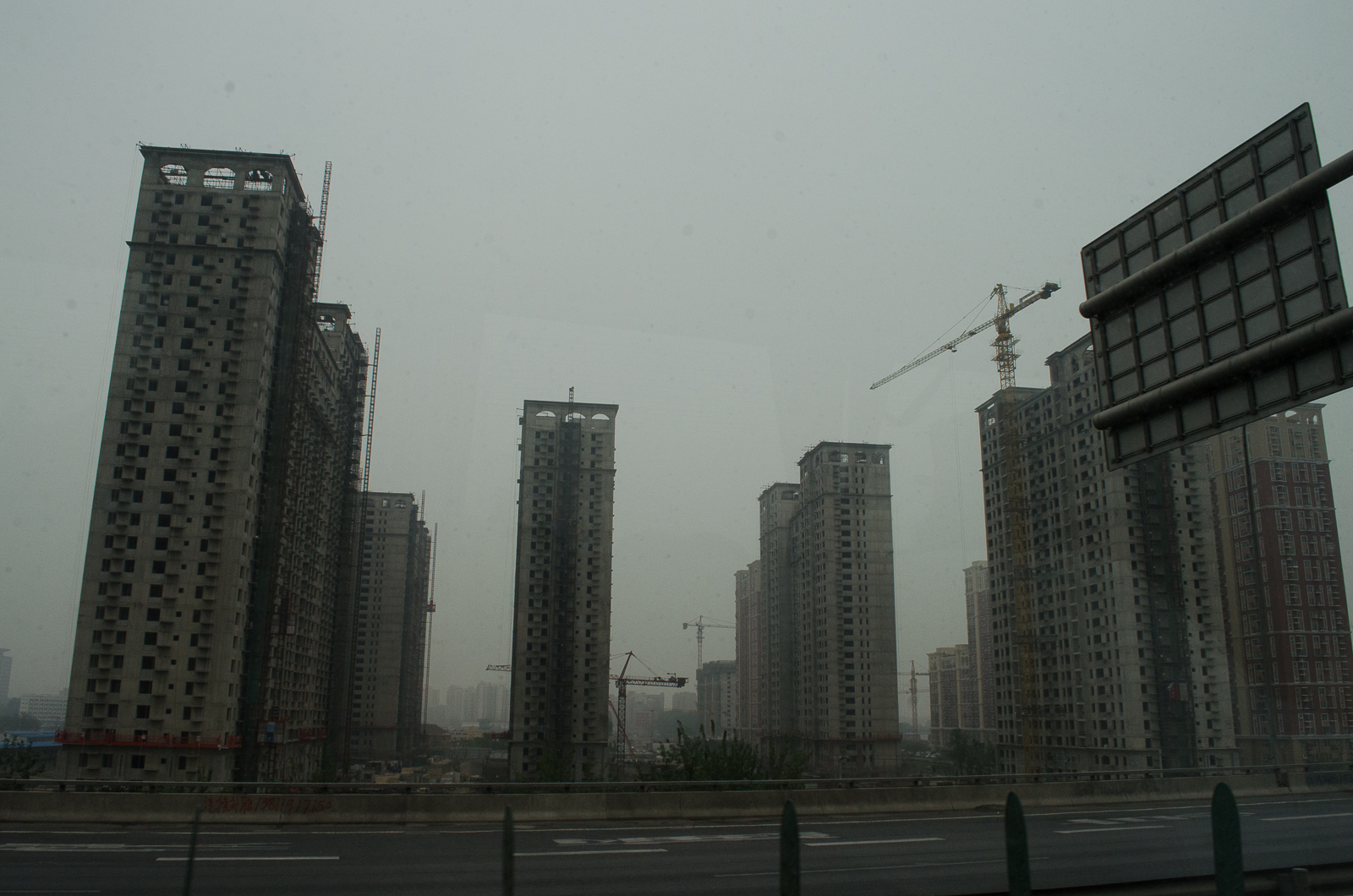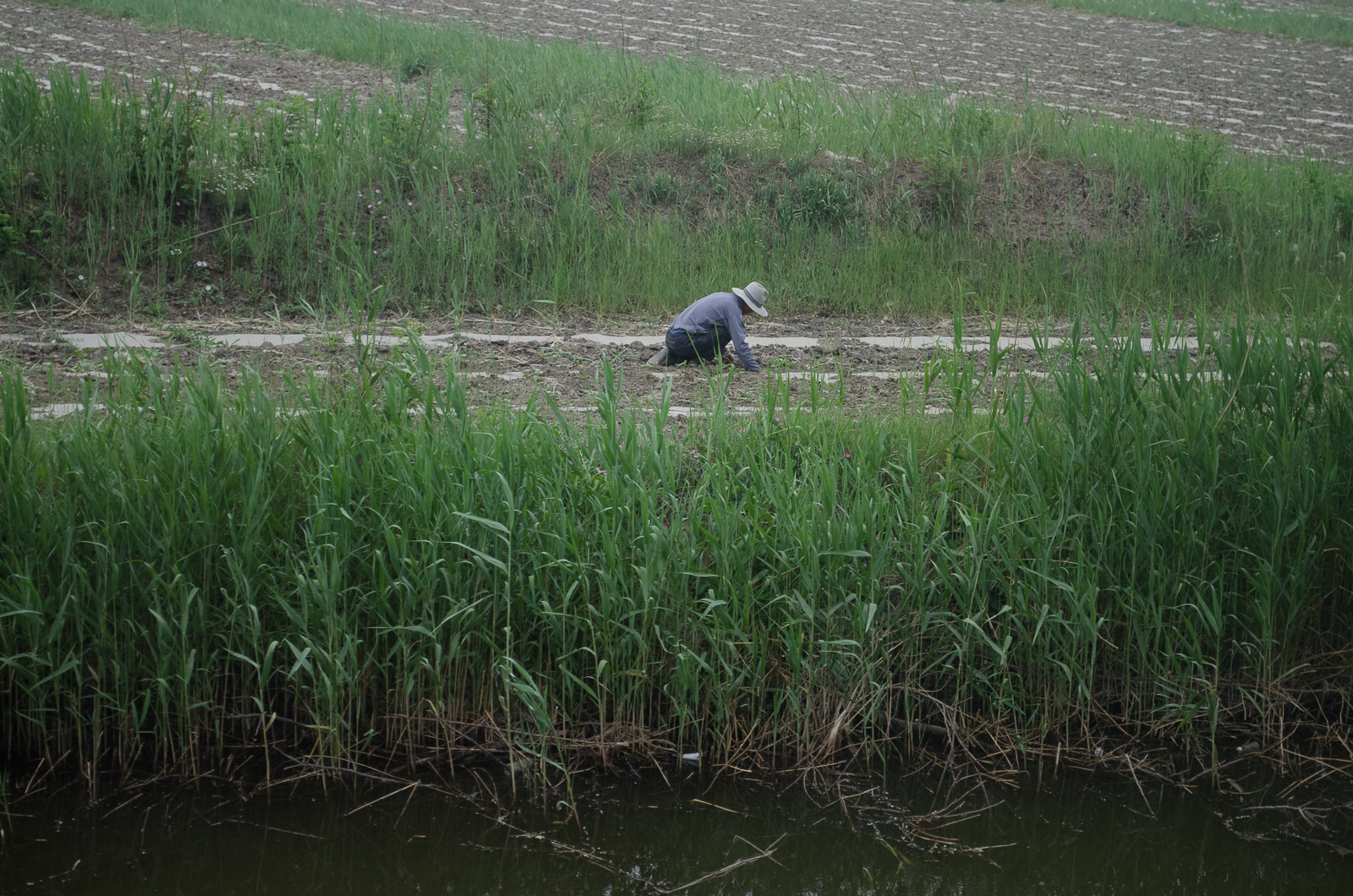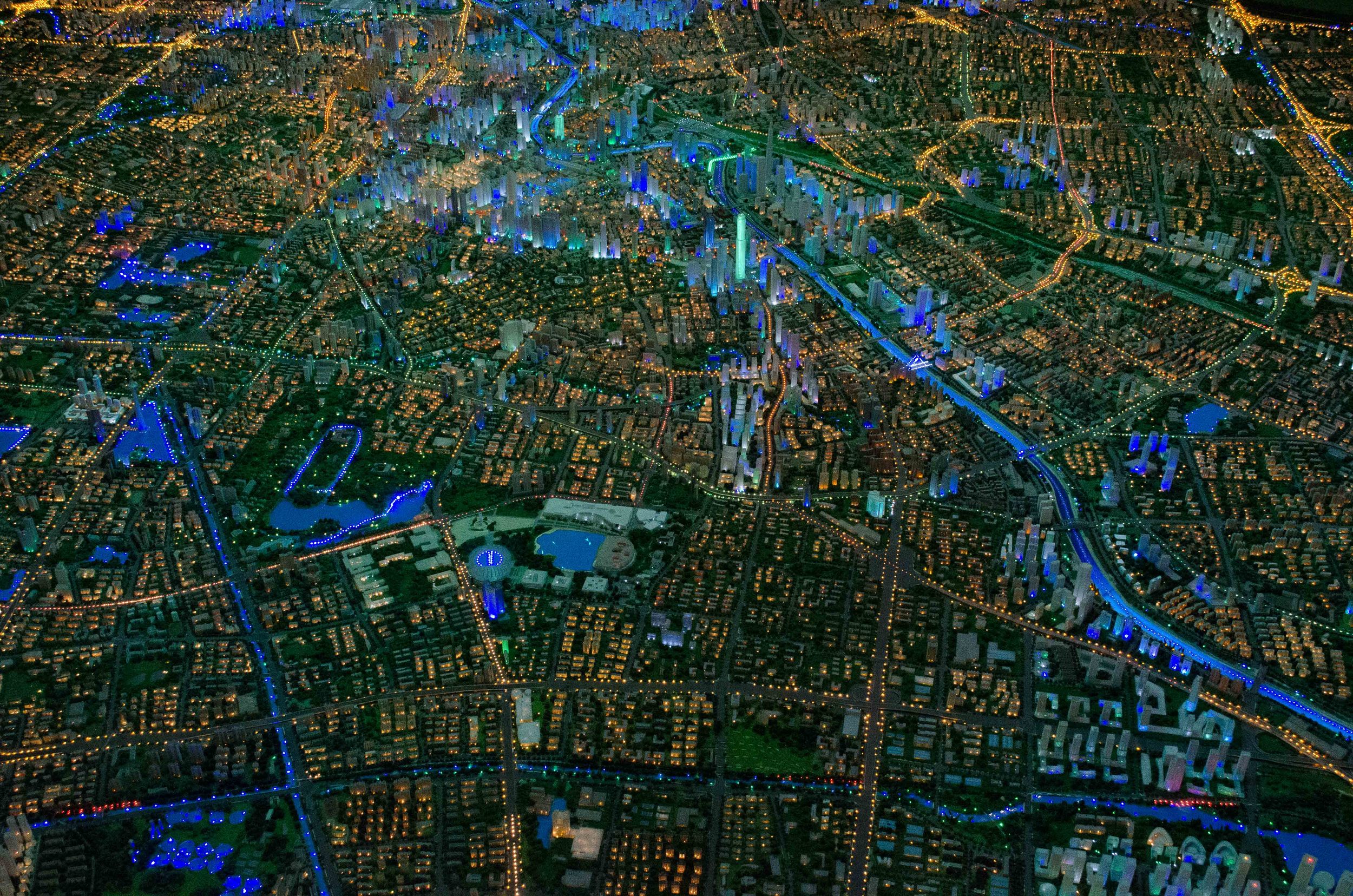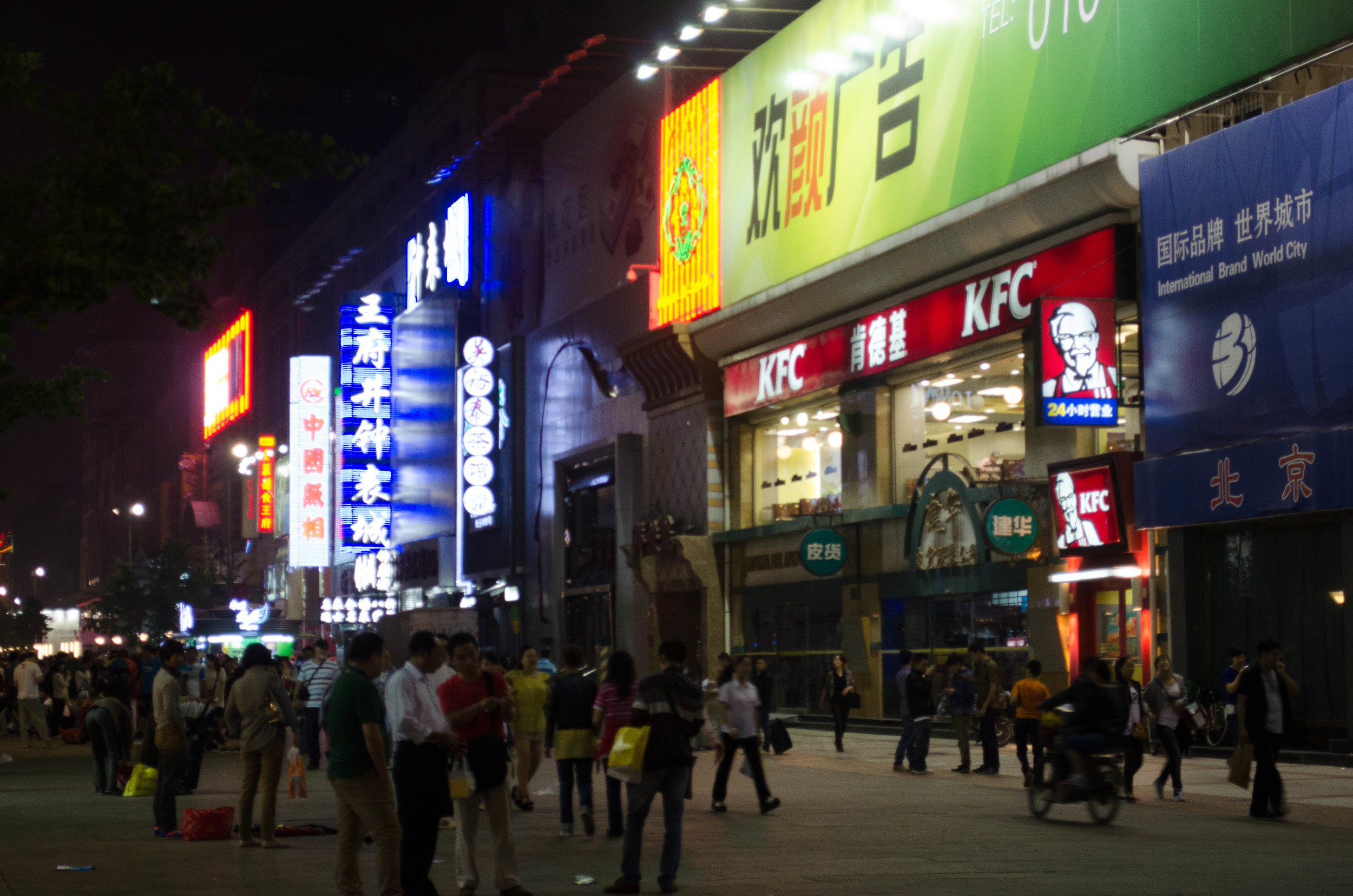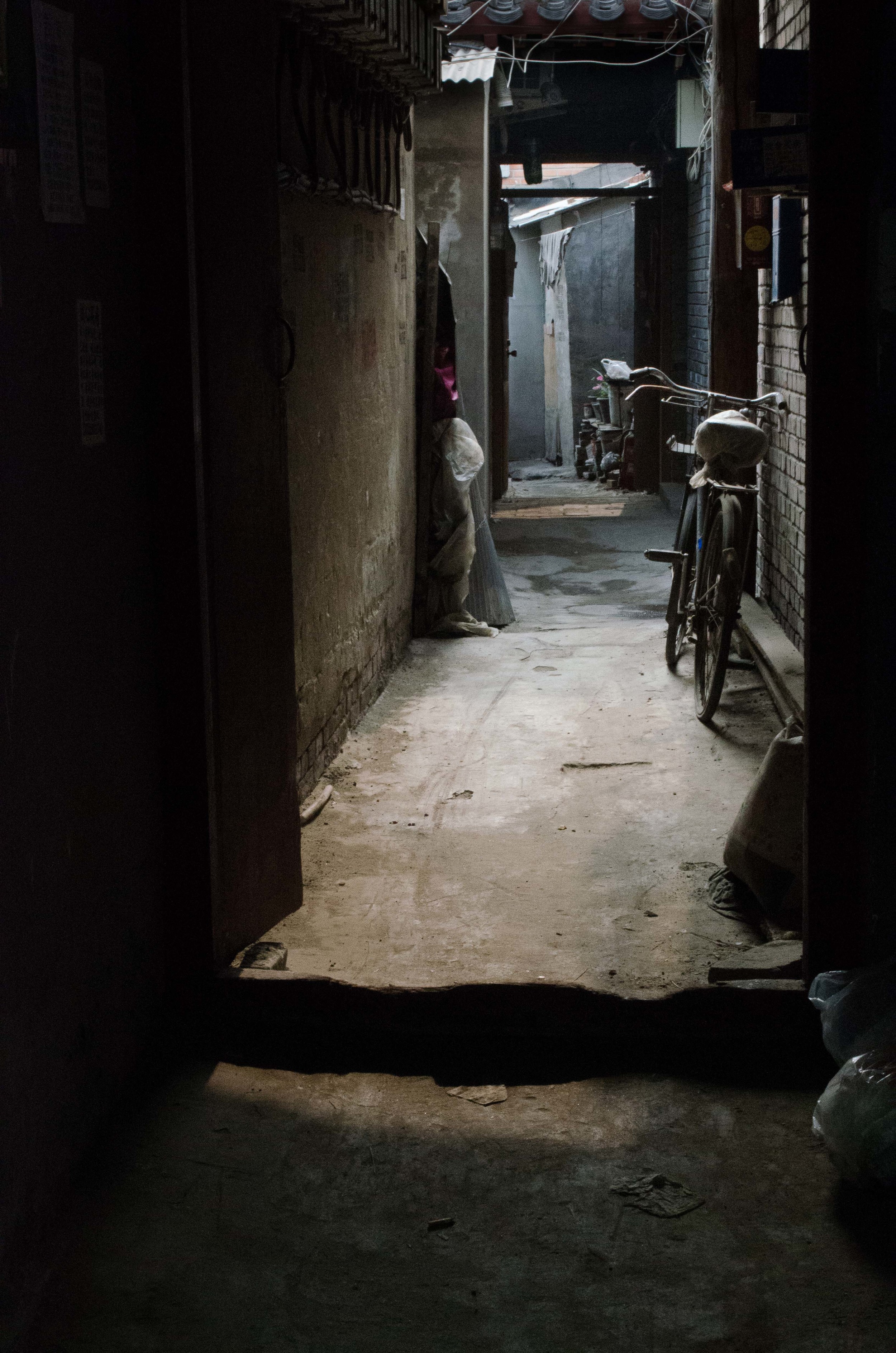It's been a while since my trip to China, but I’m finally both able and free (time-wise, not censorship!) to write a bit about my experience. I think that what strikes me most about the experience is my realization of just how many different Chinas there are, and how many different experiences of modern (and modernizing) China there are for the people who live in it.
The first stage of was the conference “Disasters Wet and Dry” (LINK), co-sponsored by Renmin University and the RCC. Almost 30 scholars were involved, and it was a dynamic and engaging conference. We spent four days together, first at the University (which is larger than my entire college town! And there are lots of giant universities in Beijing!), and then at an “Eco-hotel” compound near the Beijing airport (which is a story unto itself). We had two full days of sessions, where we discussed pre-circulated papers—the intellectual connections between the papers and the discussions were exciting. I was especially excited by how the addition of the Chinese perspective shifted the time scales of discussions in ways that drew in pre-modern European history, and also contextualized the scales and events of pre-modern Europe in comparison to early China. All told, a successful and thought-provoking conference that added even more complexity in my mind to the issue of the significance and meaning of “disasters” in human history.
After the formal conference, we spent a day on a field trip that highlighted three different aspects of China, all of which complement and contradict each other in fascinating ways. First, we took a bus out to a wetland nature preserve that is highly protected (we needed a permit to get in) and is a vast marshland of reeds that protect a remarkable range of bird, insect, and plant species. It was formerly part of the ocean—one of the people at the conference, who had been living in China for ca. 9 months, remarked that this was the first time he had been in a place that smelled “green” since he arrived.
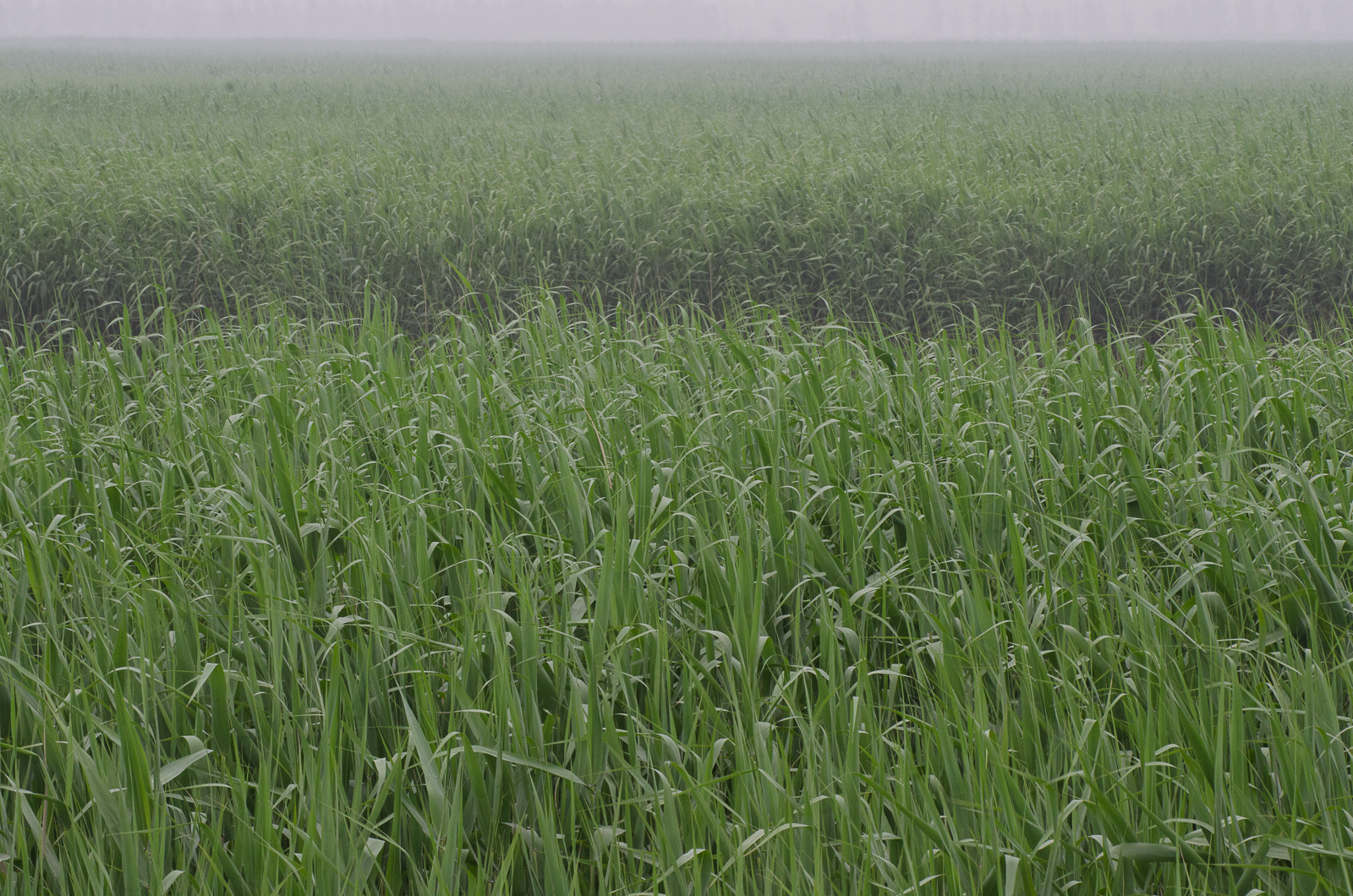 To get there, we drove along a massive highway with very little change of landscape—flat, with extensive tree farms and the occasional rice paddy—punctuated by truly massive apartment towers still under construction.
To get there, we drove along a massive highway with very little change of landscape—flat, with extensive tree farms and the occasional rice paddy—punctuated by truly massive apartment towers still under construction.
Getting off the highway, the perspective shifted. We drove through a small agricultural village where you could see both the presence of poverty and the preservation of traditions (including the burial of the heads of family in funerary mounds in the fields).
After visiting the marsh, we hopped back on the bus and headed to Tianjin, a boom-town that is part of the redevelopment program in “high-modernist” China. There, we first went to a traditional Buddhist temple, where I was lucky enough to have one of the scholars from Beijing explain some of the devotional practices we were seeing, including the shrine to the Buddha past, present, and future, which I was able to then recognize in the next temple I was at.
This temple was both a tourist site (possibly more for localsthan for foreigners) and an active temple, but it was contained within what is called an “ancient Chinese culture street”—a bit like Disney’s Main Street—a place full of “old fashioney” crafts etc. We also (after three days of lavish feasts) went to a typical Chinese fast food restaurant—the first time we had lots of rice! After lunch, we spent some more time in the culture street, where one of our remarkable hosts showed us how to do traditional calligraphy (on these really neat mats that you write on with water and as it dries the marks disappear). Here’s the symbol I made:
localsthan for foreigners) and an active temple, but it was contained within what is called an “ancient Chinese culture street”—a bit like Disney’s Main Street—a place full of “old fashioney” crafts etc. We also (after three days of lavish feasts) went to a typical Chinese fast food restaurant—the first time we had lots of rice! After lunch, we spent some more time in the culture street, where one of our remarkable hosts showed us how to do traditional calligraphy (on these really neat mats that you write on with water and as it dries the marks disappear). Here’s the symbol I made:
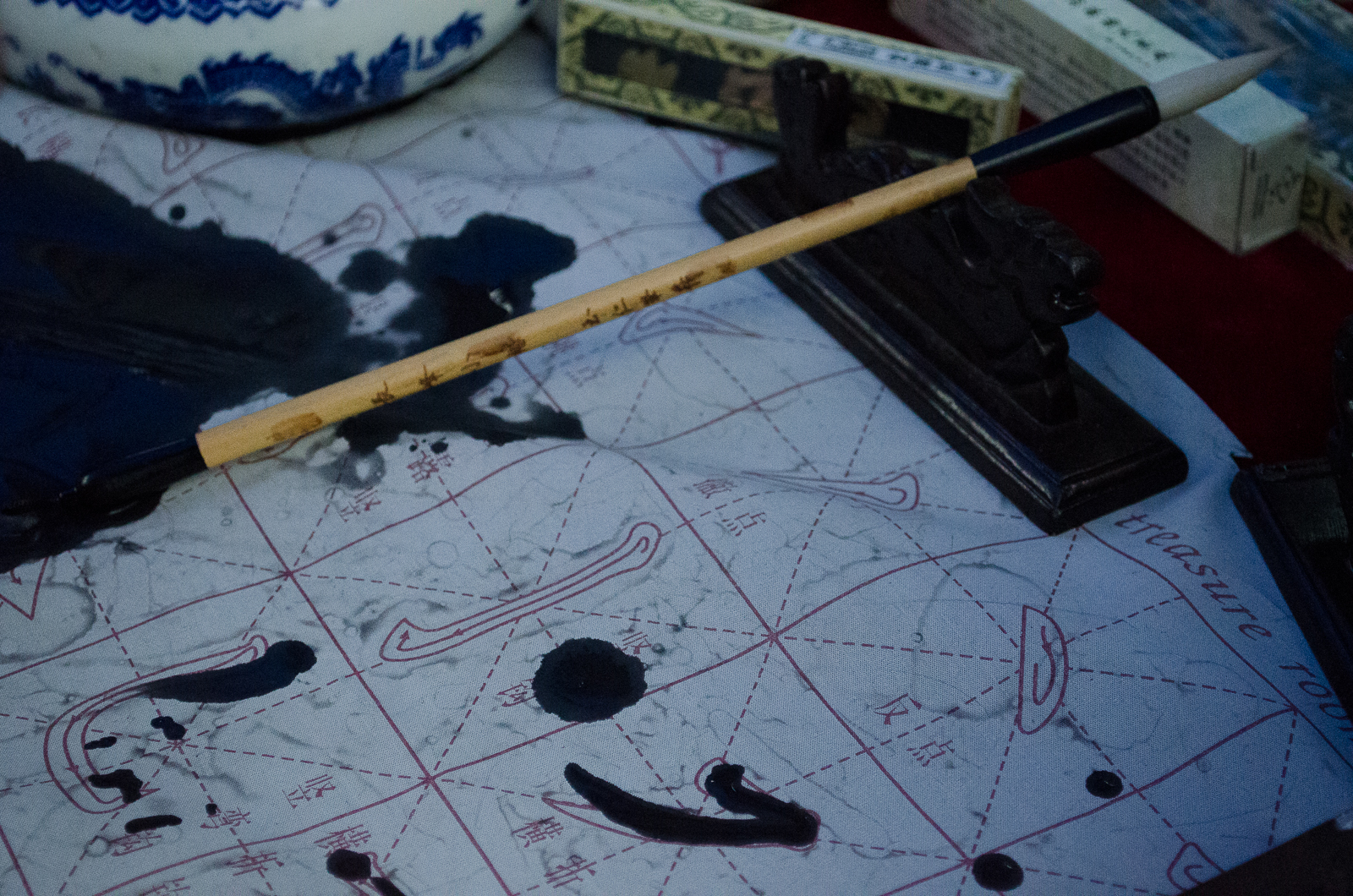 After this encounter with China past (and China present’s neon-filled version of China past), we got a remarkable, unexpected, and extremely fascinating glimpse of China future. We went to the “city museum” of Tianjin, which was presented like a modern global business headquarters—inside, we were led on a very scripted tour where we were introduced to the modern planned Tianjin—part of a project of enormous scope and vision to turn Tianjin from a moderate city into a global super-city, international part, and planned community with development zones for business, culture, nature, leisure, residence, etc. This was such an antithesis to the “faux old China” we had just seen—but in many ways this was an equally “faux” China—the scale city model we had to go to the second floor to observe from above (complete with laser show) is just as imagined as is the Chinese culture street. But that imagined city is already being built—we had driven past rows of huge apartment buildings mushrooming up in empty fields, and had already seen the span of bridge with the Ferris wheel in the middle, and had seen many of the buildings of the new downtown cityscape. As one of my colleagues pointed out, this museum, with its models and its computer animation movies (and a 4-D movie where the seats moved so that we would think we were flying through Tianjin), was a very expensive chamber of commerce glossy brochure. We often found ourselves wondering where Communism was within this vision of a high-modernist, business-driven city of the future—turns out, it’s in the very way such ambitious plans can be realized. The state still owns all the land—but they lease it out in 99-year contracts, allowing the government to steer private, capital-generating building and development. Fascinating.
After this encounter with China past (and China present’s neon-filled version of China past), we got a remarkable, unexpected, and extremely fascinating glimpse of China future. We went to the “city museum” of Tianjin, which was presented like a modern global business headquarters—inside, we were led on a very scripted tour where we were introduced to the modern planned Tianjin—part of a project of enormous scope and vision to turn Tianjin from a moderate city into a global super-city, international part, and planned community with development zones for business, culture, nature, leisure, residence, etc. This was such an antithesis to the “faux old China” we had just seen—but in many ways this was an equally “faux” China—the scale city model we had to go to the second floor to observe from above (complete with laser show) is just as imagined as is the Chinese culture street. But that imagined city is already being built—we had driven past rows of huge apartment buildings mushrooming up in empty fields, and had already seen the span of bridge with the Ferris wheel in the middle, and had seen many of the buildings of the new downtown cityscape. As one of my colleagues pointed out, this museum, with its models and its computer animation movies (and a 4-D movie where the seats moved so that we would think we were flying through Tianjin), was a very expensive chamber of commerce glossy brochure. We often found ourselves wondering where Communism was within this vision of a high-modernist, business-driven city of the future—turns out, it’s in the very way such ambitious plans can be realized. The state still owns all the land—but they lease it out in 99-year contracts, allowing the government to steer private, capital-generating building and development. Fascinating.
Here are some pictures:
And here is a CNN story on Tianjin: http://travel.cnn.com/shanghai/life/chinas-most-ambitious-replica-manhattan-084283
http://www.youtube.com/watch?v=859qN-d4P4w
These impressions of a multi-faceted China, with many different sets of experiences were upheld once I was on my own in the city (which was big, confounding, quieter than I expected, and, yes, dusty from both pollution and the desert slowly seeping in). A state of the art subway system, neon high-modernist slabs in Tienanmen alongside communist memorials, stark representations of the ideology of the revolution, ancient gateways (and even Tienanmen’s proximity to the Forbidden city), and Mao’s body and face looming large,

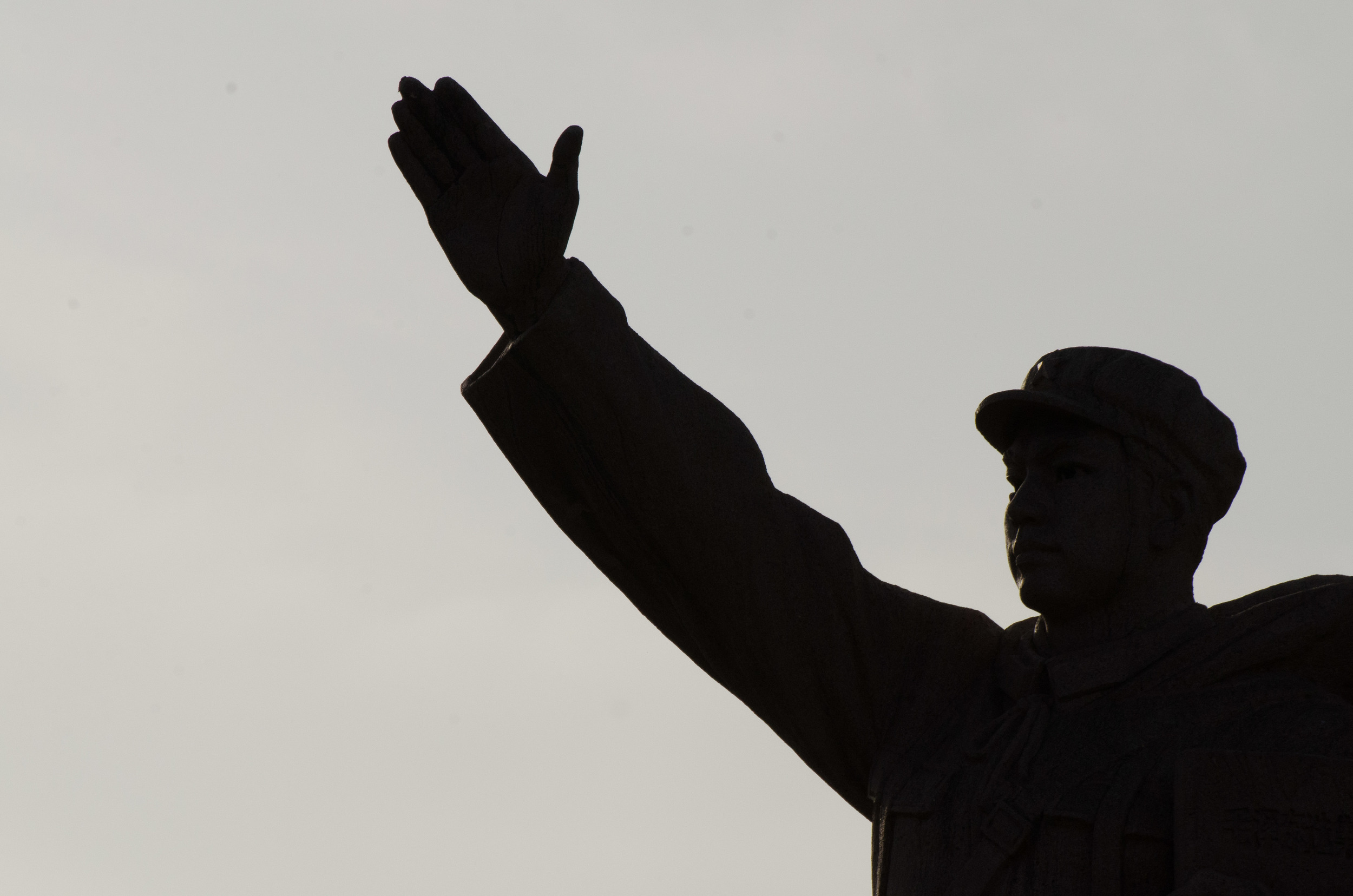 all show future China and past China struggling to both coexist and out-shine each other, creating a present China where many people seem to be trapped in the middle, especially those who are older and worked their lives for a system that no longer exists, and leaves them without security or financial stability and those who, though young and excited about the future (“we have our own American dream now” was something that I heard from several younger people) but who, with the economy growing and spiraling, cannot afford to leave their parents’ home, or to invest their lives and monies in the new cities like Tianjin.
all show future China and past China struggling to both coexist and out-shine each other, creating a present China where many people seem to be trapped in the middle, especially those who are older and worked their lives for a system that no longer exists, and leaves them without security or financial stability and those who, though young and excited about the future (“we have our own American dream now” was something that I heard from several younger people) but who, with the economy growing and spiraling, cannot afford to leave their parents’ home, or to invest their lives and monies in the new cities like Tianjin.
Beijing has luxury apartments and shopping zones and poverty-filled hutongs (alleys) where families live in the middle of the bustling tourist districts, separated by unassuming doors and small alleys, and living with clear focus on maintaining their daily well-being.
The hutongs were full of construction materials, small food stands, drying laundry, and other evidence of the presence of vast amounts of human labor to maintain the city. Bicyclists carry lumber, trees, water bottles (none of the water in Beijing can be drunk until boiled) through the chaotic streets, and luxury cars, rickshaws, and small motorcycle taxis compete for space.
It was an amazing experience, and I was truly amazed by not only the variety I saw within Beijing, but also by the global variety of human cultures, languages, built-landscapes, lifestyles, and beliefs. Despite globalization, and the fact that I can buy an American flag made in China in Ohio and a Starbucks in Beijing, those differences are still real and enduring—and what make studying history, languages, literature, and the other humanities so richly rewarding.
And an update: a friend pointed me to this highly relevant article: http://www.nytimes.com/2013/06/16/world/asia/chinas-great-uprooting-moving-250-million-into-cities.html?hp&_r=0
